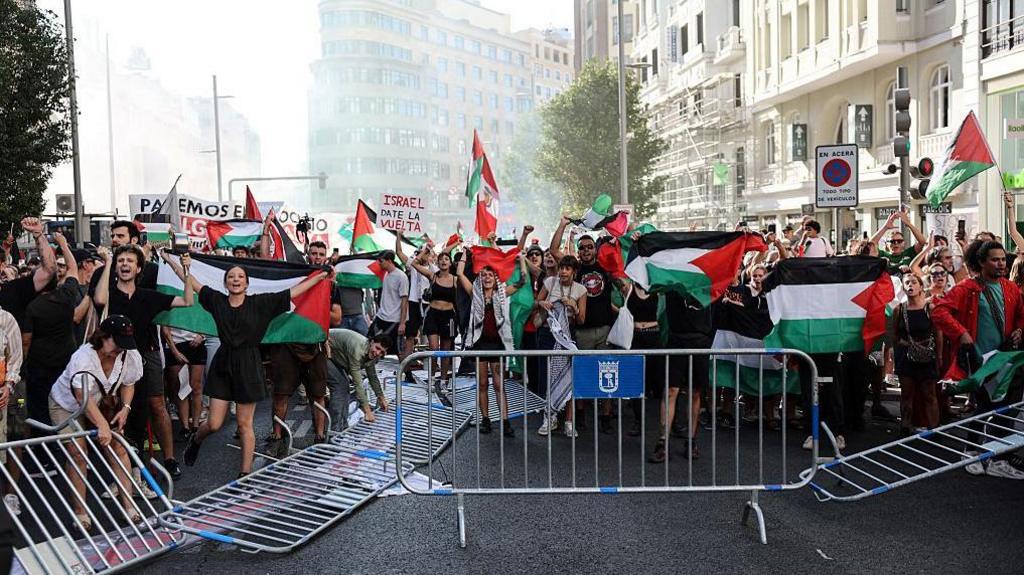Trump's Crime Crackdown: Analyzing Crime Rates in Washington, D.C. Two Weeks Later
Following the recent takeover by President Trump in Washington, D.C., citizens have noticed a heightened military presence on city streets. This increased visibility is emblematic of Trump's proclaimed effort to address a 'crime emergency' in the capital, which has involved sending National Guard troops and federal agents into neighborhoods.
Launched on August 11, Trump's crackdown on crime has allegedly resulted in a significant decline in reported crime rates, leading him to confidently declare that 'the numbers are down like we wouldn't believe, but we believe it.' He also claims that this operation has prompted historical lows in murder rates not seen in decades.
According to the Metropolitan Police Department (MPD), a total of 75 violent crimes were reported during the two weeks following the start of this crackdown, representing a 23% decrease compared to the two weeks prior. Property crimes, including burglary and vehicle theft, also fell by roughly a quarter during this timeframe. However, there were minor increases in certain categories such as 'assault with a dangerous weapon' and reported cases of 'sex abuse'.
Analyzing the Numbers
Despite the positive statistics, experts like crime analyst Jeff Asher have raised validity concerns regarding these data, suggesting that crime reporting often suffers delays, and the partial decline in numbers may not give the full picture.
Arrests under this new regime have also surged. U.S. Attorney General Pam Bondi reported that by August 25, over 1,000 arrests were made. Notably, she highlighted that many of those taken into custody were 'illegal criminals'. Critically, the MPD also confirmed making 1,048 arrests during the same period, although they did not provide demographic details.
The effects of these arrests weighed heavily on the D.C. court system, where defendants unexpectedly faced federal charges, a transition that may prolong judicial processes and strain resources.
What Do These Trends Mean?
Political narratives surrounding crime often sway public sentiment; Trump’s claims of a successful crime reduction reflect this tactic. However, criminologists caution against interpreting these arrest numbers as indicators of effective crime management, emphasizing the need for a supportive judicial framework to uphold justice.
Within this context, Washington's crime trends prompt an important discussion about the implications of law enforcement policies on community safety and civil liberties.
As the situation unfolds, the intersection between political promises and statistical realities remains a crucial narrative to follow in the capital.




















